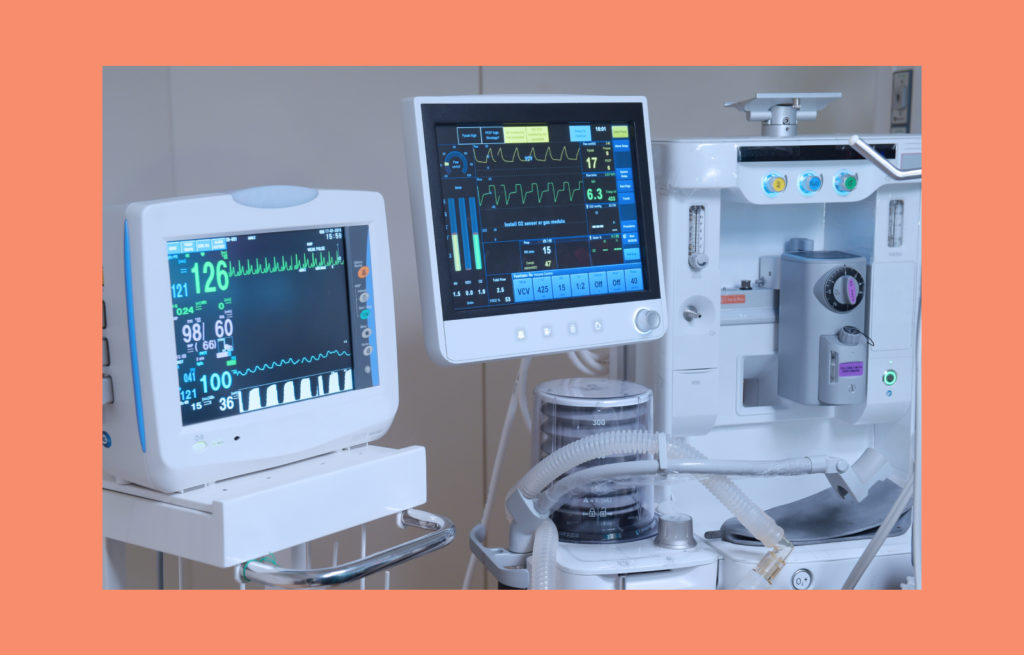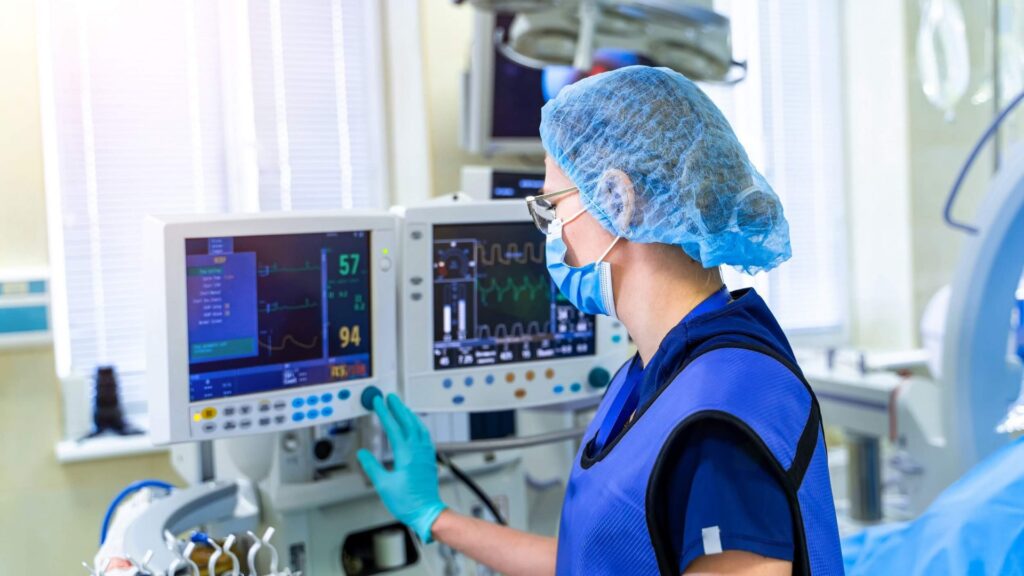FDA SaMD classification explained
If you plan to market your medical software in the US, it has to be approved by the Food and Drug Administration. The first step to obtaining approval is the appropriate classification of your medical device. It’s crucial as the class of a device determines the type of premarket submission, which impacts the cost and duration of the whole process.
In this article, prepared in cooperation with Krzysztof Minicki, our Director of Healthcare and Life Sciences, we’re explaining the FDA SaMD classification process to help you avoid misclassification, which can cost you not only extra money, but also time wasted on creating unnecessary documentation.
What are the FDA medical device classes?
According to the FDA, there are three medical device classes. Similarly, to the MDR, the classification process is based on risk assessment and regulatory controls necessary to ensure patient and operator safety, as well as the effectiveness of a device.
A device can be assigned to class I, II or III, depending on the level of risk it poses to users as well as the level of control necessary to assure the safety and effectiveness mentioned above. Class I devices pose the lowest risk to users, while Class III devices pose the highest risk.

Examples of Class I software as a medical device
Class I devices have minimal impact on a patient or operator’s health and life. An example of Class I software is Continuous Glucose Monitor Retrospective Data Analysis Software.
Example of Class II software as a medical device
Class II devices present a significantly higher risk as they usually come into contact with a patient’s internal organs or are used for diagnosis. An example of Class II software is Automated Radiological Image Processing Software.
Examples of Class III software as a medical device
Class III devices are usually used to support life, are implanted or generate a high risk of death or injury. The software assigned to Class III is, for example, Software For Ophthalmic Use.
Our experts will help you with the classification of your medical device
Find out moreMedical device classification vs submission type
The class of a device determines the type of submission for clearance to market required by the FDA.
If your device is classified as Class I or II, and if it’s not exempt from general controls, a 510k submission method will be required to release a device to the market. If your device is classified as exempt, it will be subject to the limitations on exemptions (covered under 21 CFR Parts 862-892).
For Class III devices, you need to submit a Premarket Approval Application. PMA also applies to devices that don’t have substantial equivalents already available on the market.
Read more about the types of premarket submissions.
What does the FDA SaMD classification process look like?
The classification depends on the Intended Use of a device and also upon Indications for use.
To determine the classification of your device, and to find out whether any exemptions may exist, you need to find the regulation number that determines the classification regulation for your device. To do that, you need to go to the classification database and search for the name of a device or its already classified part. Each classified device has a 7-digit number associated with it, for example, 872.5470. The number points to the appropriate section of the 21 CFR – in this case, it’s 21 CFR 872.5470. There you can find information about the applicable classification regulation.
For example, if you search for “orthodontic software”, you can see it’s classified as class II. If your software serves a similar purpose, it will most likely also belong to Class II and should be submitted through 510(k).
Of course, this method is only applicable if your product is not a novel device for which there’s no legally marketed predicate device. In this case, you would need to submit a De Novo Classification Request.
It’s important to note that usually as many as 75% of Class I devices are exempt from the premarket notification process.
What is a 513(g) Request?
If you have difficulties with the classification of your medical device, you can ask the FDA for a formal device determination or classification by submitting 513(g) Request. This option is additionally paid – a standard fee is $5,061 – and the process takes a substantial amount of time. Our FDA expert can determine the classification of your device at a similar cost and in a much shorter time. Reach out to us using the form below and let’s talk about how we can help you.
About the author
RECOMMENDED ARTICLES
Contact us




